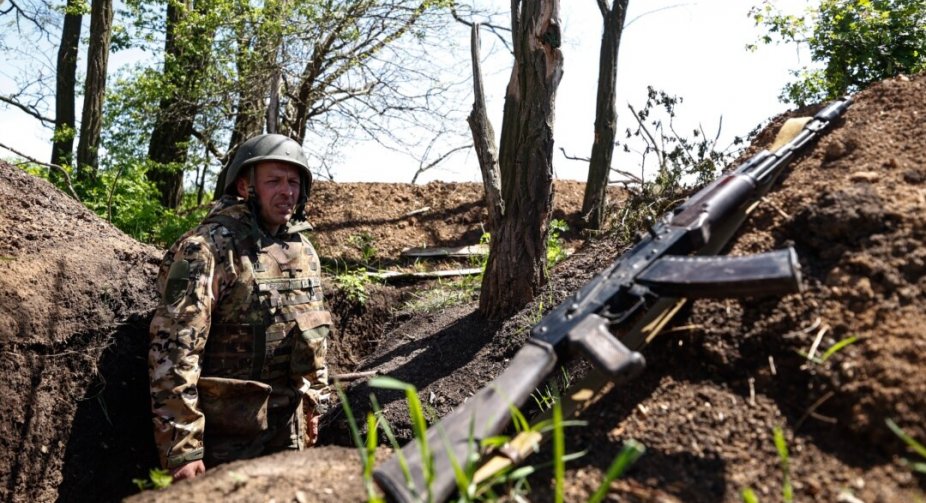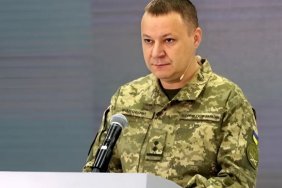Ukrainian soldiers have been "at zero" for 10-15 days instead of the 5 days specified, which is why the Armed Forces are facing exhaustion after prolonged hostilities. This is stated in the material of The Wall Street Journal.
The publication writes that Russian drones do not allow the evacuation of the wounded and this leads to the deaths of those who could be saved.
"During this time, soldiers sometimes run out of food, water and medicine. Combat drones are hunting for vehicles transporting supplies and fresh replenishment to the front line. Soldiers with treatable injuries are dying waiting for evacuation for days because no one can get to them," The Wall Street Journal writes.
In addition, the Ukrainian Armed Forces face a shortage not only of people, but also of ammunition. It is claimed that the Russian army fires 10 times more artillery shells than the Ukrainian forces.
The article says that although the Russian army has suffered significant losses, it still manages to advance, using aerial bombs to destroy buildings where Ukrainian soldiers could take shelter. In particular, in Chasiv Yar, the capture of which opens up fire control over Druzhkivka, Kramatorsk and Kostyantynivka for Russia.
Ukrainian commanders expect military assistance from the United States and believe that there is a chance to stop Russian troops.
However, Mick Ryan, an expert at the Center for Strategic and International Studies (CSIS), notes that Ukraine is at a critical point where it will have to choose between saving the lives of its soldiers and preserving its territories.






